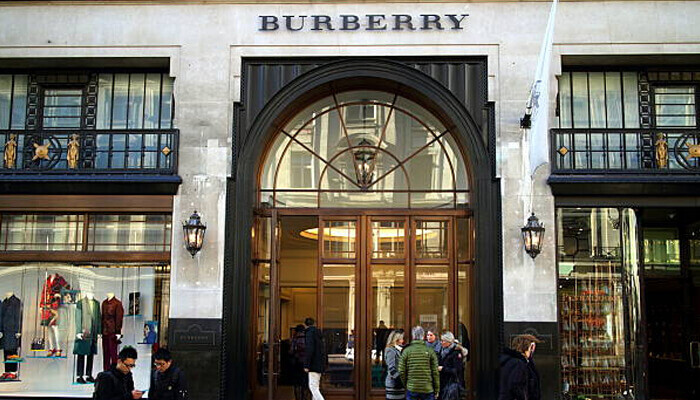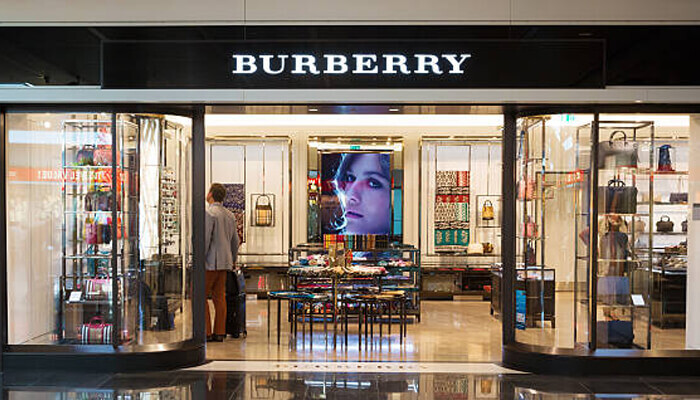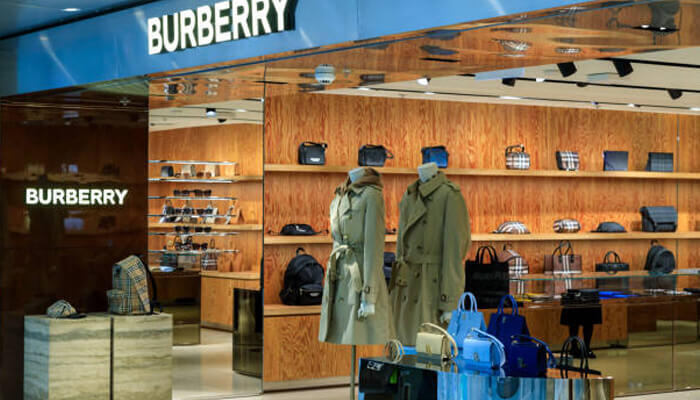Burberry, a British luxury fashion brand, has indeed achieved significant success and has become one of the most iconic brands in the world. Several factors have contributed to its success in the luxury industry:
Over 150 years have seen Burberry, a symbol of British elegance and classic flair, enthrall the fashion world. Burberry has made a name for itself in the world of high-end fashion because of its signature check pattern, recognizable trench coats, and creative designs. This article offers a thorough introduction to Burberry, examining the brand’s illustrious past, inventive spirit, dedication to quality, and timeless appeal that have helped it become a globally renowned name.
Thomas Burberry established the company in 1856, starting out as a modest outfitter’s business in Basingstoke, England. Burberry distinguished itself early on by adhering to the best British customs of exquisite craftsmanship, practicality, and flair.
In addition to propelling the brand’s success, Thomas Burberry’s invention of gabardine, a ground-breaking waterproof fabric, transformed the outerwear market. Burberry’s lasting heritage was established by this dedication to quality and creativity.
Burberry has produced a number of recognizable goods that have come to represent the sophistication and elegance of the company. Burberry invented the trench coat at the beginning of the 20th century, and it has since become a classic representation of British fashion. The trench coat, with its belted waist, epaulets, gun flaps, and other trademark elements, is a timeless piece that emanates effortless refinement and usefulness. The trademark check pattern of the company, which consists of interlocking red, black, and beige stripes, has come to represent Burberry’s luxury and legacy.
In short, the brand has successfully maintained its classic appeal while staying relevant in the modern fashion landscape. The success of the brand can be directly attributed to such factors as:
1. Creative leadership
Burberry has benefited from creative leaders and designers who have injected fresh ideas while maintaining the brand’s core identity. Notable figures like Christopher Bailey and Riccardo Tisci have played pivotal roles in keeping the brand’s designs relevant and appealing to a contemporary audience.
2. Global expansion
Burberry expanded its presence globally, opening flagship stores in major fashion capitals like London, New York, and Tokyo. This global footprint helped the brand cater to a diverse and international customer base.
3. Innovation
Burberry has been innovative in its approach to fashion shows, pioneering the “see now, buy now” model by making runway collections immediately available for purchase. This approach caters to consumers’ desire for instant gratification.
4. Quality and craftsmanship
The Burberry trench coat, featuring its signature Nova check lining, has become a symbol of the brand. Burberry’s ability to create iconic, enduring products that transcend trends and seasons has been crucial to its success. The company’s products are often seen as investments, and they maintain their value over time.
Burberry has maintained a reputation for high-quality craftsmanship and materials. This commitment to quality has contributed to the brand’s longevity and appeal among luxury consumers.
5. Iconic products and a strong brand identity
Burberry has a distinctive and recognizable brand identity, with its trademark check pattern and the equestrian knight logo. These elements are instantly associated with the brand and convey a sense of luxury, quality, and tradition.
6. Marketing and celebrity endorsements
Strong marketing and branding have also been among the contributing factors to the success of this brand. Burberry’s marketing and branding efforts have consistently emphasized the brand’s British heritage and craftsmanship. Their marketing campaigns often feature high-profile models and celebrities, reinforcing the brand’s aspirational image.
Burberry has been successful in leveraging the power of celebrity endorsements and collaborations with famous figures. Appointing celebrities like Emma Watson, Kate Moss, and Romeo Beckham as brand ambassadors helped to increase the brand’s visibility and appeal to a broader audience.
7. Innovation and evolution
While maintaining its classic designs and traditional craftsmanship, Burberry has also been successful in evolving and staying relevant in the fashion industry. Under the leadership of creative directors like Christopher Bailey and Riccardo Tisci, Burberry has introduced modern elements to its collections and marketing campaigns, appealing to younger and more diverse audiences.
8. Exclusivity and limited editions
Burberry has also maintained its allure by releasing limited-edition collections and exclusive items. These special releases create a sense of exclusivity and urgency, driving demand among collectors and fashion enthusiasts.
9. Inclusivity and sustainability
In recent years, Burberry has embraced inclusivity and sustainability, aligning with changing consumer values. The brand has launched initiatives to reduce its environmental impact and promote diversity and inclusion.
10. Collaboration and innovation
Burberry has partnered with other brands and artists for limited-edition collections, which has generated excitement and interest in its products. Collaborations with figures like Vivienne Westwood and Ricardo Tisci have demonstrated their commitment to innovation and staying relevant.
11. Digital transformation
Digital transformation is also among the factors that have played key roles in ensuring the brand’s success. For example, they’ve used AR to allow customers to try on virtual Burberry products, providing a more immersive and interactive online experience.
Burberry has developed mobile apps that provide a convenient way for customers to shop, access exclusive content, and stay updated on the latest collections. These apps often feature additional functionalities, like AR experiences or special event access.
Digital transformation helped the company improve its customer experience, leading to the growth of the business.




